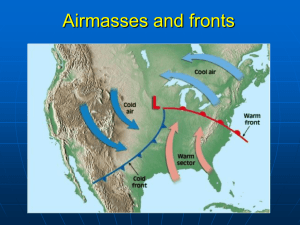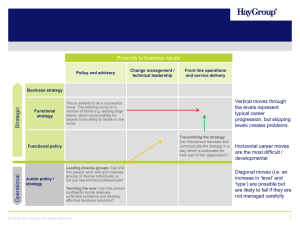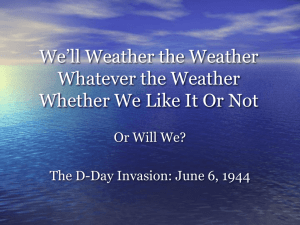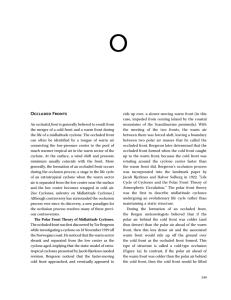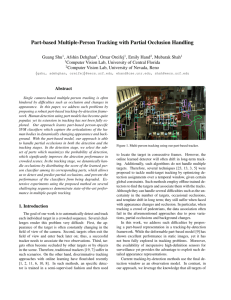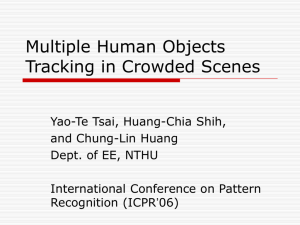Strong Cold Front Hits the BAO Tower
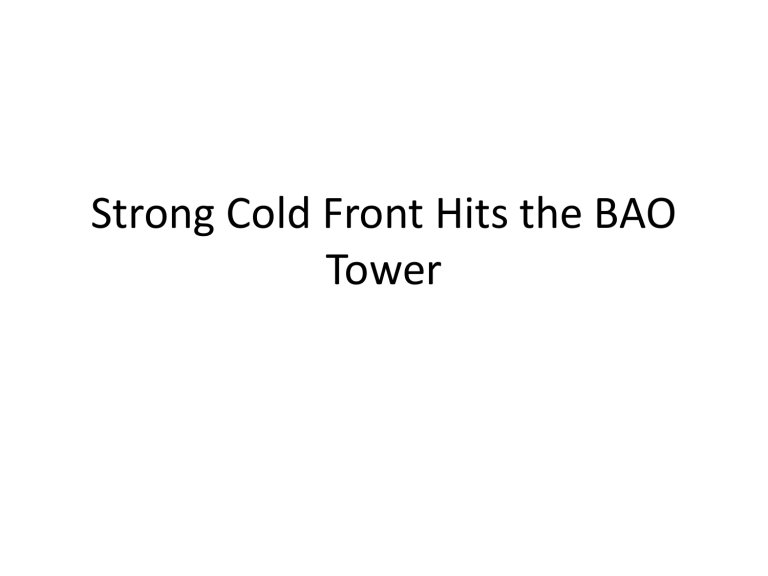
Strong Cold Front Hits the BAO
Tower
7C in 3 hr criterion
Fig. 3. Frontal passages on (a) 4–6 and (b) 8–10 Mar 2003 from the 1-min data at the Automated Surface Observing System
(ASOS) at OKC (UTC = CST + 6 h) temperature decrease of 10C in 2 min
Using Simple First Order
Relationships to Explain Tilt of
Occluded Fronts
Classic Idea: Occlusion Type Determined By
Temperature Contrast Behind Cold Front and in
Front of Warm Front (“the temperature rule”)
But reality is very different
From Stoelinga et al 2002, BAMS
Literature Review
• Schultz and Mass (1993) examined all published cross sections of occluded fronts. Found no relationship between the relative temperatures on either side of the occluded front and the resulting structure. Of 25 cross sections, only three were cold-type occlusions.
• Of these three, one was a schematic without any actual data, one had a weak warm front, and one could be reanalyzed as a warm-type occlusion
• Cold-type occlusions appear rare.
But what controls the slope?
• Virtually all fronts are first-order fronts (which the horizontal temperature gradient changes discontinuously with frontal passage) rather than zero-order fronts (where temperature varies discontinuously across the front)
• Historical note: in the original Norwegian
Cyclone Model they suggested all fronts were zero-order fronts.
Basic Relationship
The relative value of the vertical potential temperature derivative will determine the slope
• Occluded frontal surfaces generally mark a maximum in potential temperature on a horizontal surface, so the numerator on the right side of (2) is always positive.
• Therefore, the sign of the slope of the occluded front is determined only by the denominator on the right-hand side of (2), that is, only by the static stability contrast across the front, and not by the contrast in horizontal potential temperature gradient.
An Improved View: The Static
Stability Rule of Occluded Front Slope
• An occluded front slopes over the statically more stable air, not the colder air.
– A cold occlusion results when the statically more stable air is behind the cold front.
– When the statically more stable air lies ahead of
the warm front, a warm occlusion is formed.
– The is pretty much always the case.
An Example
Another Example



